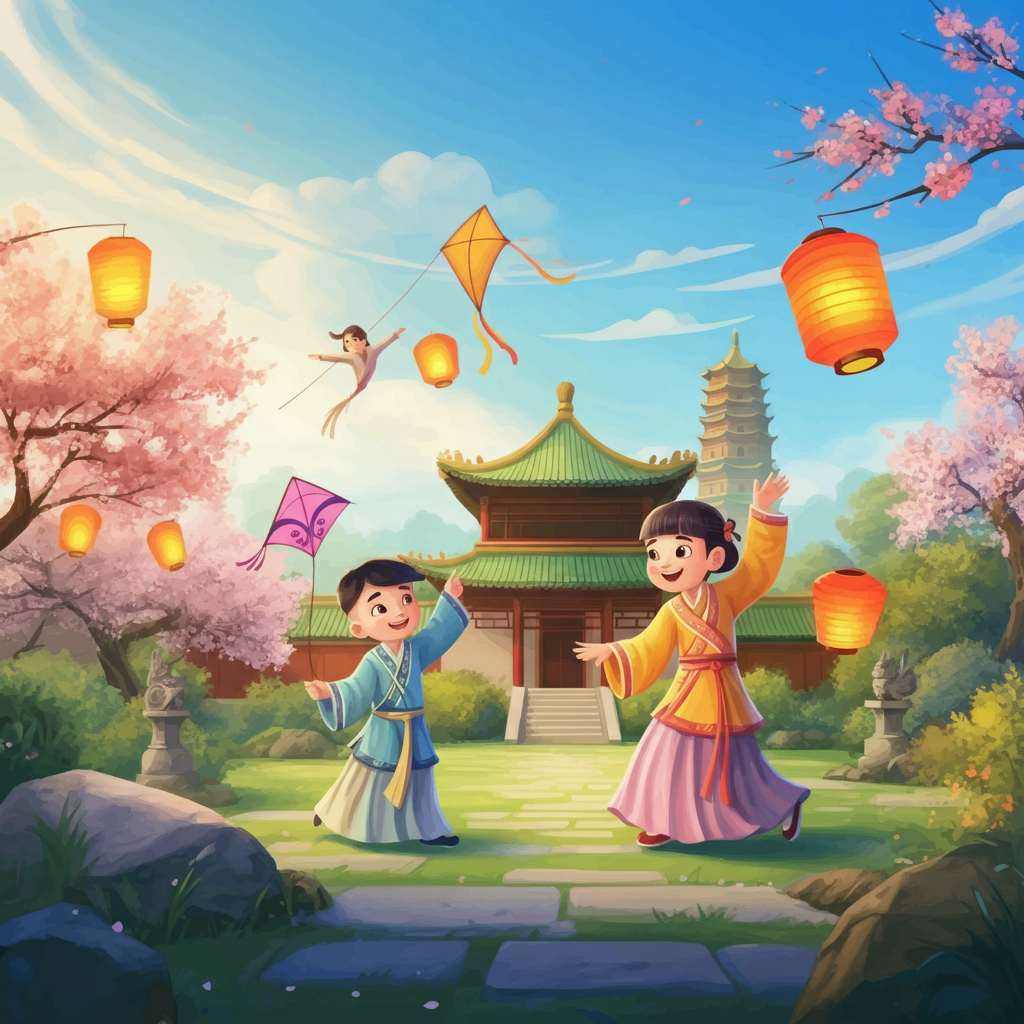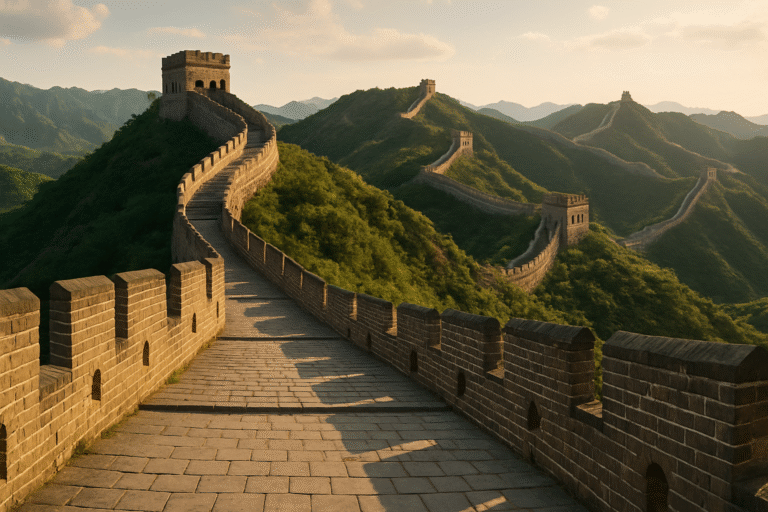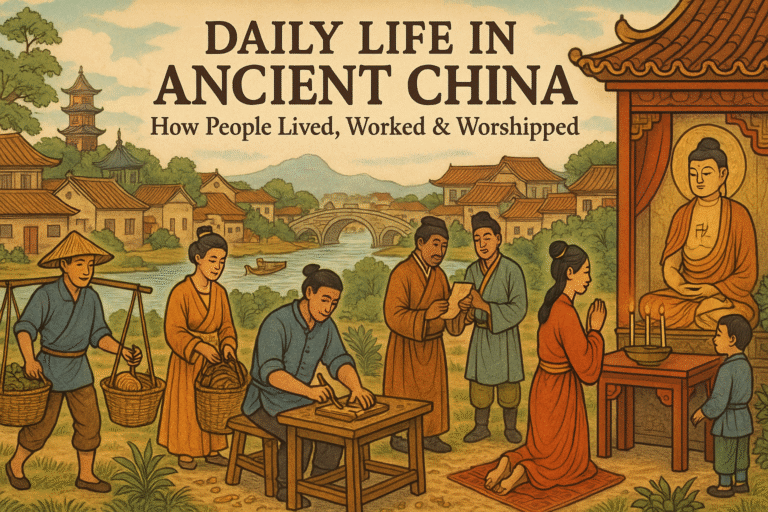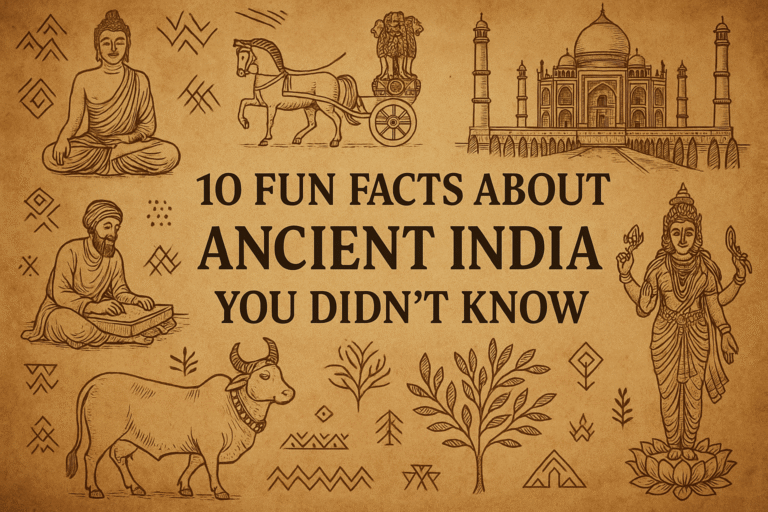<meta name='impact-site-verification' value='34369dc5-877c-4282-90a9-36f86721ccfa'>
Ancient China for Kids: Fun Facts and Easy History
Ancient China stands as one of the world’s oldest continuous civilizations, spanning over 4,000 years of documented history. This remarkable civilization developed unique technologies, philosophies, and cultural practices that continue to influence the modern world. Understanding ancient China provides valuable insights into human innovation, governance, and cultural development.
The significance of ancient Chinese civilization extends beyond its geographical boundaries. Ancient China contributed fundamental inventions, established trade networks that connected East and West, and developed philosophical systems that shaped millions of lives. The dynasties that ruled this vast land created lasting monuments, advanced agricultural techniques, and governmental structures that influenced neighboring regions for centuries.
This exploration of ancient China will examine the geographical foundations that supported this civilization, the major dynasties that governed it, the revolutionary inventions that emerged from it, and the cultural traditions that defined daily life for its people.

Geographic Foundations of Ancient China
Ancient China’s development was profoundly influenced by its diverse geographical features. The civilization emerged in the fertile valleys of two major river systems: the Yellow River in the north and the Yangtze River in the south. These rivers provided essential water for agriculture and transportation, enabling the growth of large populations and complex societies.
The Yellow River, known as the “cradle of Chinese civilization,” supported the earliest Chinese settlements. Its fertile silt deposits created ideal conditions for growing millet and wheat. The Yangtze River valley, with its warmer climate, became the center of rice cultivation, which could support even larger populations than northern crops.
Mountain ranges and deserts provided natural barriers that both protected and isolated ancient China. The Himalayas to the southwest, the Gobi Desert to the north, and the Pacific Ocean to the east created boundaries that allowed Chinese civilization to develop distinct characteristics. These geographical features also necessitated the construction of defensive structures, most notably the Great Wall of China, which was built over centuries by multiple dynasties to protect against northern invasions.
Major Dynasties That Shaped Ancient China
The Shang Dynasty (1600-1046 BCE)
The Shang Dynasty represents the first historically confirmed Chinese dynasty, known for its advanced bronze technology and oracle bone script, an early form of Chinese writing. Archaeological evidence from Shang sites reveals sophisticated urban centers with elaborate palaces, royal tombs, and workshops for crafting bronze vessels and weapons.
Daily life during the Shang period revolved around agriculture and craftsmanship. Farmers cultivated millet, wheat, and rice using bronze tools, while skilled artisans created intricate bronze vessels for religious ceremonies. The Shang social structure was hierarchical, with the king at the top, followed by nobles, craftsmen, farmers, and slaves. Religious practices centered on ancestor worship and divination using oracle bones.
The Zhou Dynasty (1046-256 BCE)
The Zhou Dynasty, the longest-lasting dynasty in Chinese history, introduced the concept of the Mandate of Heaven, which justified political authority through divine approval. This philosophical framework suggested that rulers held power only as long as they governed virtuously and maintained harmony between heaven and earth.
The Qin Dynasty (221-206 BCE)
Though brief, the Qin Dynasty fundamentally transformed China through unification and standardization. Emperor Qin Shi Huang standardized currency, writing systems, and measurements across the empire. His most famous legacy, the Terracotta Army, was created to protect the emperor in the afterlife and demonstrates the remarkable artistic and organizational capabilities of ancient Chinese craftsmen.
The Han Dynasty (206 BCE-220 CE)
The Han Dynasty established governmental structures and cultural practices that defined Chinese civilization for centuries. This period saw the expansion of trade networks, including the famous Silk Road, which facilitated cultural and commercial exchange between China and the Western world.
Revolutionary Inventions From Ancient China
Ancient Chinese inventors developed technologies that fundamentally changed human civilization. These innovations demonstrate the scientific curiosity and practical problem-solving abilities of ancient Chinese scholars and craftsmen.
The Creation of Paper
The invention of paper during the Han Dynasty revolutionized communication and record-keeping. Court official Cai Lun is traditionally credited with developing the papermaking process around 105 CE. The process involved collecting plant fibers, bark, and rags, then mashing them into pulp, spreading the mixture on screens, and allowing it to dry into thin sheets. This innovation made writing materials more accessible and affordable than previous options like silk or bamboo strips.
Gunpowder and Military Technology
Chinese alchemists accidentally discovered gunpowder while searching for immortality elixirs during the Tang Dynasty. This explosive mixture of saltpeter, charcoal, and sulfur initially served in fireworks and celebrations before military applications were developed. The invention of gunpowder fundamentally changed warfare and eventually spread throughout the world.
The Magnetic Compass
The magnetic compass, developed during the Song Dynasty, revolutionized navigation and exploration. Chinese navigators used magnetic needles floating in water to determine direction, enabling longer sea voyages and more accurate land travel. This technology proved essential for trade expeditions and military campaigns.
Cultural Traditions and Philosophies
Confucianism and Social Order
Confucianism played a significant role in shaping Chinese society and governance through its emphasis on moral behavior, social harmony, and respect for authority. Confucian teachings provided specific guidance for human relationships and social responsibilities.
Key Confucian principles included filial piety, which required children to respect and care for their parents, and the concept of ren, often translated as benevolence or humaneness. Confucian education emphasized the study of classical texts, poetry, and moral philosophy. Government officials were selected through examinations based on Confucian learning, creating a merit-based system that influenced Chinese governance for over two millennia.
Traditional Festivals and Celebrations
Ancient Chinese festivals connected communities through shared cultural practices and seasonal celebrations. The Spring Festival, also known as Chinese New Year, marked the beginning of the lunar calendar year with elaborate family reunions, special foods, and ceremonial activities. Modern celebrations of the Spring Festival maintain many traditional elements, including family gatherings, red decorations symbolizing good fortune, and the exchange of gifts.
The Mid-Autumn Festival celebrated the harvest season and family unity through moon-viewing ceremonies and the sharing of mooncakes. These circular pastries symbolized completeness and reunion, reinforcing cultural values of family solidarity and seasonal harmony.
The Terracotta Army: A Monument to Imperial Power
The Terracotta Army, discovered in 1974 near Xi’an, provides remarkable insights into ancient Chinese military organization and artistic capabilities. This vast underground army was created to protect Emperor Qin Shi Huang in the afterlife and consists of over 8,000 life-sized clay soldiers, horses, and chariots.
The army’s layout mirrors actual military formations, with infantry, cavalry, and command units positioned according to strategic principles. Each figure was individually crafted with unique facial features, clothing, and weapons, demonstrating the skilled craftsmanship of ancient Chinese artisans. The site includes three main pits containing different military units, along with a command center and specialized troops.
Trade Networks and Cultural Exchange
The Silk Road facilitated trade between China and the West, creating networks that extended from Chinese cities to Mediterranean ports. These trade routes carried not only silk, spices, and precious metals but also ideas, technologies, and cultural practices between civilizations.
Chinese merchants traded silk, tea, porcelain, and paper for Western goods including glassware, precious stones, and exotic animals. The exchange of ideas along these routes introduced new agricultural techniques, artistic styles, and philosophical concepts to both Eastern and Western societies.
Lasting Impact on Modern Civilization
The innovations and cultural practices developed in ancient China continue to influence contemporary society. Chinese philosophical traditions, particularly Confucianism, remain important in East Asian cultures and governance systems. Traditional Chinese medicine, based on ancient theories of health and healing, is practiced worldwide.
Ancient Chinese inventions provided foundations for modern technologies. Paper remains essential for communication and record-keeping, while gunpowder led to developments in mining, construction, and defense. The compass enabled global exploration and navigation systems that evolved into modern GPS technology.
Understanding ancient Chinese civilization provides valuable perspectives on human innovation, cultural development, and the interconnected nature of world history. The achievements of ancient China demonstrate how geographical factors, political structures, and cultural values combine to create lasting civilizations that continue to influence human progress across centuries.



foundation of daily life in ancient China rested upon the extended family unit, which served as both the basic social structure and economic